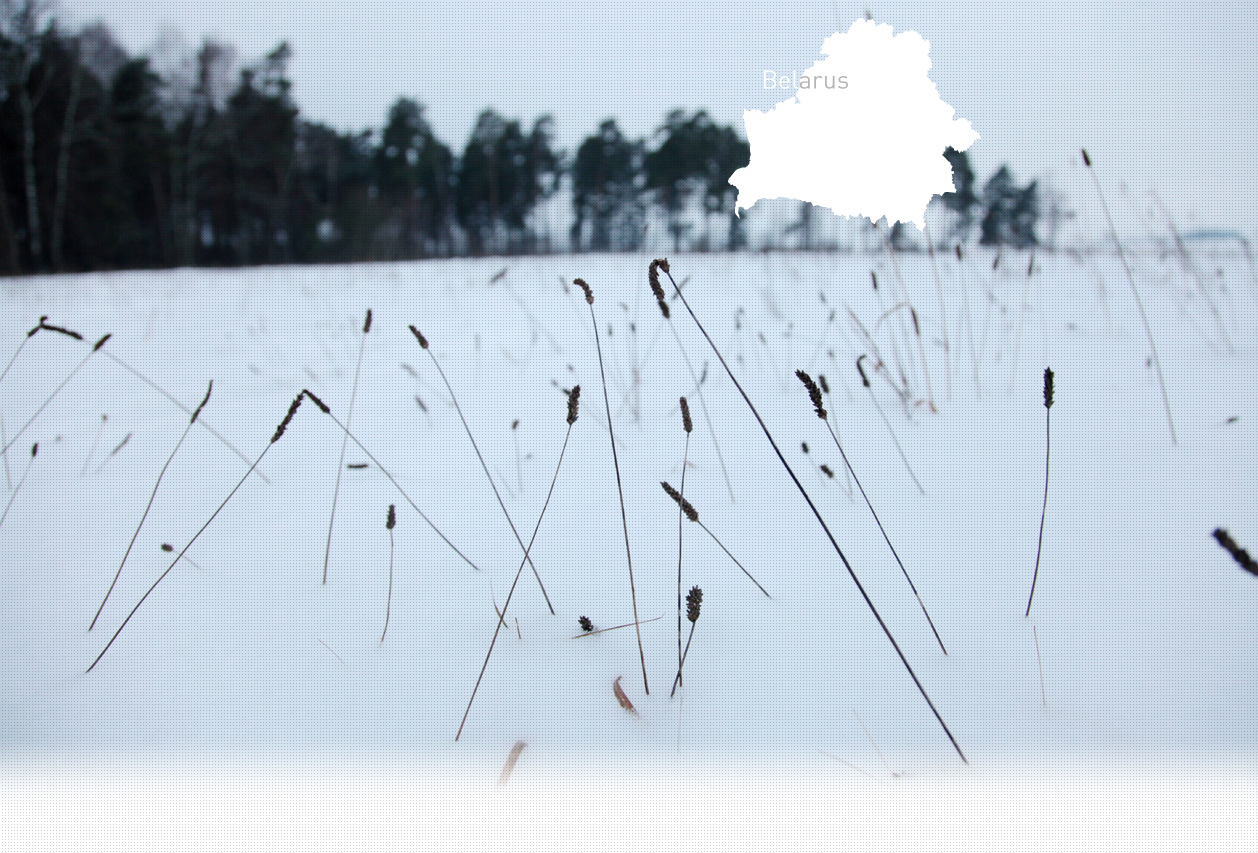

1 Killing site(s)
Leonid C.: “I was grazing my cows when I heard gunfire coming from the town. There was a lot of smoke. When I returned, there was a lot of destruction and bodies of Jews all over the place.” (Witness N°748, interviewed in Kopyl, on May 16, 2014)
“In autumn 1941, on the order of the leader of the German gendarmerie, a district of Kopyl was surrounded with barbed wire and the Jews were imprisoned there. There were approximately 2,000 individuals. We didn’t let them go anywhere, except to work for the gendarmerie. On March 25, 1942, by order of the gendarmerie, all the Jews were shot, the elderly, women, children, except some skilled workers. [Deposition of Smorogd K. for The Soviet Extraordinary State Commission; RG- 22.002M 7021-81]
Kopyl is a small town situated 90km southwest of Minsk. In 1939, more than 1,400 Jews were living in Kopyl, making up 28% of the total population of the town. Before the war, there were 3 synagogues and a Jewish high school. The town was under German occupation from 1941 to 1944.
Soon after their arrival in the summer of 1941, the Germans carried out several shootings of local residents, including Jews. In July 1941, all the Jews had to move into the ghetto that had been set up in the former Jewish quarter. It was surrounded by barbed wire and guarded round the clock. Jewish prisoners were also brought in from surrounding villages. Forced labor, such as street cleaning, was carried out by the adults. According to witnesses interviewed by Yahad, it was quite common for the Jews to barter in order to obtain food.
On March 25, 1942, the Germans, assisted by local policemen and auxiliaries from the Baltic states, gathered the Jews in a synagogue where they proceeded to conduct a selection. Skilled workers and their families, over 1000 individuals, were sent back to the ghetto. The remaining Jews were shot in a mass grave close to the river that runs through the town.
On the night of July 22-23, 1942, the Germans and their auxiliaries liquidated the ghetto. However, armed Jewish inmates organized a revolt, and set the ghetto on fire. A large part of the town was destroyed during the revolt. Around 200 Jews managed to escape, and many of them joined the partisans. The remaining Jews who had been killed all over the town, were buried at the same location as the first mass shooting.
Do you have additional information regarding a village that you would like to share with Yahad ?
Please contact us at contact@yahadinunum.org
or by calling Yahad – In Unum at +33 (0) 1 53 20 13 17